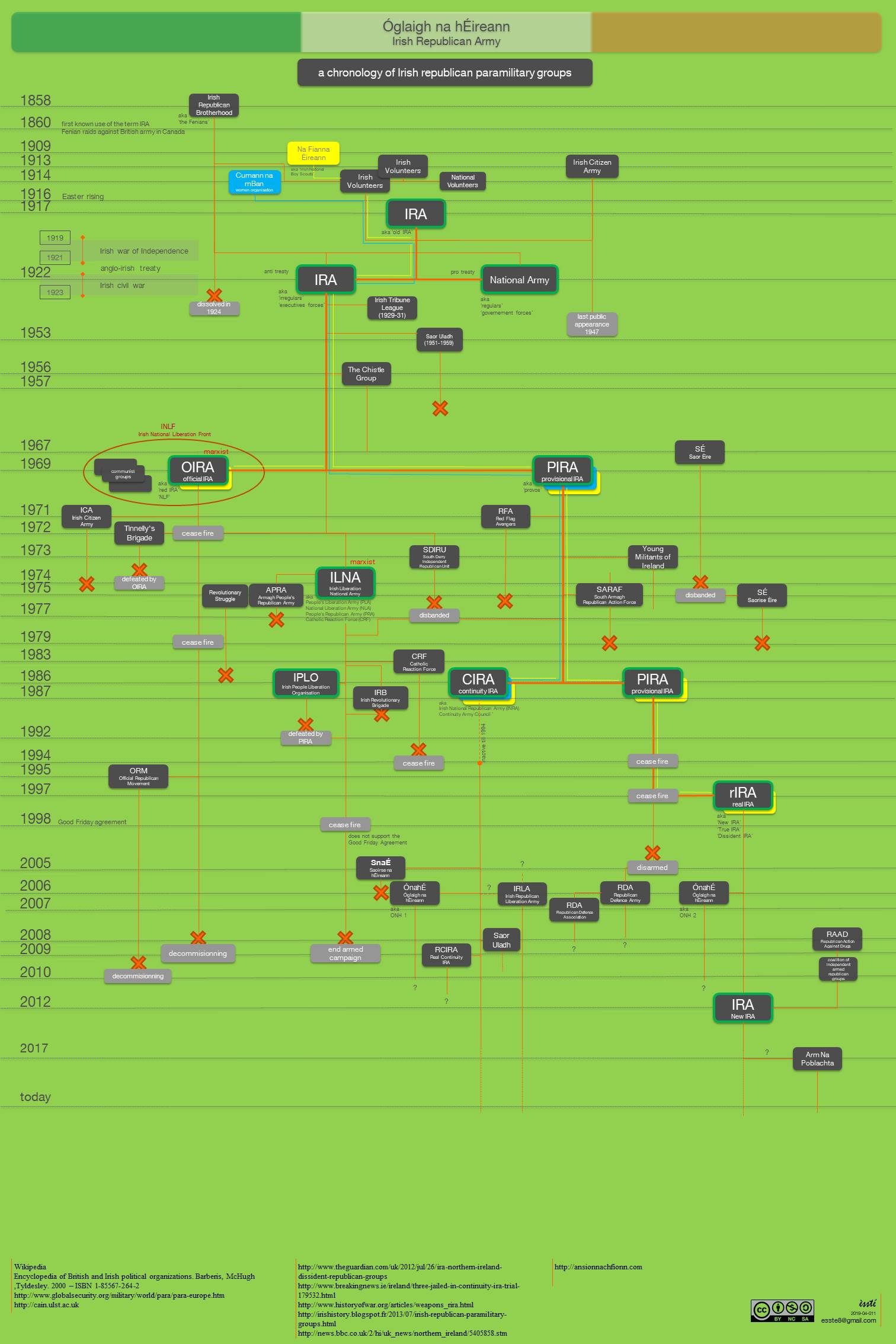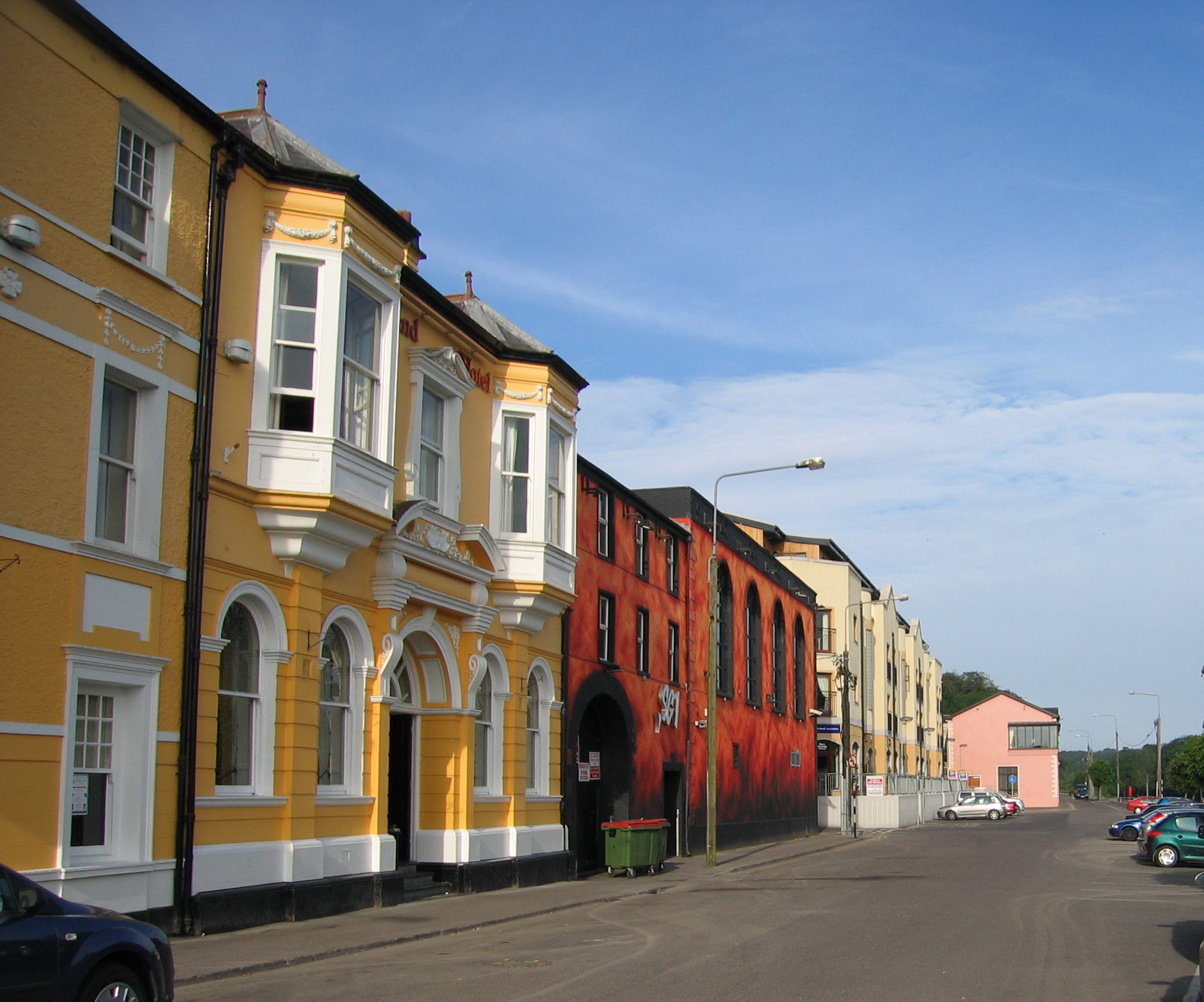|
Frank Ryan (Irish Republican)
Frank Ryan (; 11 September 1902 – 10 June 1944) was an Irish politician, journalist and soldier. He first came to prominence as an Irish republican activist at University College Dublin and fought for the Irish Republican Army during the Irish Civil War. Ryan fell under the influence of Peadar O'Donnell, an advocate of socialism within Irish republicanism, which resulted in him breaking with the IRA and becoming involved with founding a new political organisation, the Republican Congress, and editing its associated newspaper, '' An Phoblacht''. Ryan led the Irish brigade in the Spanish Civil War on the Popular Front side, fighting for the Comintern-organised International Brigades (retroactively known as the Connolly Column). After being captured by pro-Nationalist Italians, he was sentenced to death, later changed to 30 years but after an international campaign, Ryan was released from prison in 1940 with the help of German authorities. Ryan would subsequently spend the n ... [...More Info...] [...Related Items...] OR: [Wikipedia] [Google] [Baidu] |
Peadar O'Donnell
Peadar O'Donnell (; 22 February 1893 – 13 May 1986) was one of the foremost radicals of 20th-century Ireland. O'Donnell became prominent as an Irish republican, socialist politician and writer. Early life Peadar O'Donnell was born into an Irish-speaking Catholic family in Meenmore, near Dungloe, County Donegal in 1893. He was the fifth son of James O'Donnell, a kiln worker, migrant labourer, and musician, and Brigid Rodgers. His uncle Peter was a member of the Industrial Workers of the World in Butte, Montana, whom Peadar met on trips home to Ireland. He attended St Patrick's College, Dublin, where he trained as a teacher. He taught on Arranmore Island off the west coast of Donegal. Here he was introduced to socialism, organizing for the Irish Transport and General Workers' Union (ITGWU) in 1918 before spending time in Scotland. Irish War of Independence By 1919, he was a leading organiser for the ITGWU. He attempted in Derry to organise a unit of the Irish Citizen Ar ... [...More Info...] [...Related Items...] OR: [Wikipedia] [Google] [Baidu] |
Church Of Ireland
The Church of Ireland (, ; , ) is a Christian church in Ireland, and an autonomy, autonomous province of the Anglican Communion. It is organised on an all-Ireland basis and is the Christianity in Ireland, second-largest Christian church on the island after the Catholic Church in Ireland, Roman Catholic Church. Like other Anglican churches, it has retained elements of pre-Reformation practice, notably its episcopal polity, while rejecting the papal primacy, primacy of the pope. In theological and liturgical matters, it incorporates many principles of the Reformation, particularly those of the English Reformation, but self-identifies as being both Protestantism, Reformed and Catholicity, Catholic, in that it sees itself as the inheritor of a continuous tradition going back to the founding of Celtic Christianity, Christianity in Ireland. As with other members of the global Anglican communion, individual parishes accommodate differing approaches to the level of ritual and formality ... [...More Info...] [...Related Items...] OR: [Wikipedia] [Google] [Baidu] |
Mount Temple Comprehensive School
Mount Temple Comprehensive School is a secondary school in Clontarf, Dublin, Ireland. The school operates under the patronage of the Church of Ireland Archbishop of Dublin, and has, as a primary objective, the provision of state-funded second-level education to the Protestant population of northern Dublin, while accepting pupils of all religions and none. The school was established in 1972 following the amalgamation of Mountjoy School, Royal Hibernian Marine School in coastal Clontarf, and Bertrand & Rutland School. Students Mount Temple Comprehensive School had about 450 students when it opened in 1972, which rose to over 700 students in the 1980-90s and from 2010 to 2020 had almost 900 students, and rising. Facilities The school operates from several buildings, the main house being a protected structure. In addition to science laboratories and IT space, the school had for many years a substantial lending and reference library with two paid staff and a rota of parent vol ... [...More Info...] [...Related Items...] OR: [Wikipedia] [Google] [Baidu] |
Internment
Internment is the imprisonment of people, commonly in large groups, without Criminal charge, charges or Indictment, intent to file charges. The term is especially used for the confinement "of enemy citizens in wartime or of terrorism suspects". Thus, while it can simply mean imprisonment, it tends to refer to preventive confinement rather than confinement ''after'' having been convicted of some crime. Use of these terms is subject to debate and political sensitivities. The word ''internment'' is also occasionally used to describe a neutral country's practice of detaining belligerent Military, armed forces and equipment on its territory during times of war, under the Hague Conventions of 1899 and 1907#Hague Convention of 1907, Hague Convention of 1907. Interned persons may be held in prisons or in facilities known as internment camps or Concentration camp, concentration camps. The term ''concentration camp'' originates from the Spanish–Cuban Ten Years' War when Spanish forces ... [...More Info...] [...Related Items...] OR: [Wikipedia] [Google] [Baidu] |
Irish Republican Army
The Irish Republican Army (IRA) is a name used by various Resistance movement, resistance organisations in Ireland throughout the 20th and 21st centuries. Organisations by this name have been dominantly Catholic and dedicated to anti-imperialism through Irish republicanism, the belief that all of Ireland should be an independent republic free from British colonial rule. The original Irish Republican Army (1919–1922), often now referred to as the "old IRA", was raised in 1917 from members of the Irish Volunteers and the Irish Citizen Army later reinforced by Irishmen formerly in the British Army in World War I, who returned to Ireland to fight against Britain in the Irish War of Independence. In Irish law, this IRA was the army of the revolutionary republic, revolutionary Irish Republic as declared by its parliament, Dáil Éireann (Irish Republic), Dáil Éireann, in 1919. In the century that followed, the original IRA was reorganised, changed and split on multiple occasions ... [...More Info...] [...Related Items...] OR: [Wikipedia] [Google] [Baidu] |
Celtic Studies
Celtic studies or Celtology is the academic discipline occupied with the study of any sort of cultural output relating to the Celts, Celtic-speaking peoples (i.e. speakers of Celtic languages). This ranges from linguistics, literature and art history, archaeology and history, the focus lying on the study of the various Celtic languages, living and extinct.Wiley, "Celtic studies, early history of the field" (2006). The primary areas of focus are the six Celtic languages currently in use: Irish language, Irish, Scottish Gaelic, Manx language, Manx, Welsh language, Welsh, Cornish language, Cornish, and Breton language, Breton. As a university subject, it is taught at a number of universities, most of them in Ireland, the United Kingdom, or France, but also in the United States, Canada, Australia, Germany, Poland, Austria and the Netherlands. History Written studies of the Celts, their cultures, and their languages go back to classical antiquity, classical Greek and Latin accounts, ... [...More Info...] [...Related Items...] OR: [Wikipedia] [Google] [Baidu] |
Fermoy
Fermoy () is a town on the Munster Blackwater, River Blackwater in east County Cork, Ireland. As of the 2022 census of Ireland, 2022 census, the town and environs had a population of approximately 6,700 people. It is located in the barony (Ireland), historical barony of Condons and Clangibbon, and is in the Dáil constituency of Cork East (Dáil constituency), Cork East. The town's name is of Irish origin and refers to a Cistercian abbey founded in the 13th century. This abbey is believed to have been founded by Domnall Mór Ua Briain, King of Thomond. History Ancient The ringfort at Carntierna on top of Corrin hill, 2.4 km (1.5 mi) south of Fermoy, was an important Iron Age site. Medieval times A Cistercian abbey was founded in Fermoy in the 13th century. At the dissolution of the monasteries during the Tudor period, the abbey and its lands passed through the following dynasties: Sir Richard Grenville, Robert Boyle and William Forward. However, the site could ha ... [...More Info...] [...Related Items...] OR: [Wikipedia] [Google] [Baidu] |
Townland
A townland (; Ulster-Scots: ''toonlann'') is a traditional small land division used in Ireland and in the Western Isles of Scotland, typically covering . The townland system is of medieval Gaelic origin, predating the Norman invasion, and most have Irish-derived names. However, some townland names and boundaries come from Norman manors, plantation divisions, or later creations of the Ordnance Survey.Connolly, S. J., ''The Oxford Companion to Irish History, page 577. Oxford University Press, 2002. ''Maxwell, Ian, ''How to Trace Your Irish Ancestors'', page 16. howtobooks, 2009. Townlands cover the whole island of Ireland, and the total number of inhabited townlands in Ireland was 60,679 in 1911. The total number recognised by the Placenames Database of Ireland as of 2014 was 61,098, including uninhabited townlands. Etymology The term "townland" in English is derived from the Old English word ''tūn'', denoting an enclosure. The term describes the smallest unit of land di ... [...More Info...] [...Related Items...] OR: [Wikipedia] [Google] [Baidu] |
Connolly Column
The Connolly Column (, ) was the name given to a group of Irish socialist volunteers in the Spanish Civil War, Irish republican socialist Military volunteer, volunteers who fought for the Second Spanish Republic in the International Brigades during the Spanish Civil War. They were named after James Connolly, the executed leader of the Irish Citizen Army. They draw the column part of the name from the name for local IRA units. They were a Company (military unit), company-strength unit of the XV International Brigade, which also included the Lincoln Battalion, US, Saklatvala Battalion, British and Latin American battalions in Spain. The name is now retroactively applied to all Irish volunteers who fought for the Spanish Republic. Origins On the outbreak of the Spanish Civil War in July 1936, support for the Spanish Republic grew among left-wing organizations, taking tangible form in a decision in September 1936 to form an International Brigade of volunteers to fight with the Repu ... [...More Info...] [...Related Items...] OR: [Wikipedia] [Google] [Baidu] |
Comintern
The Communist International, abbreviated as Comintern and also known as the Third International, was a political international which existed from 1919 to 1943 and advocated world communism. Emerging from the collapse of the Second International during World War I, the Comintern was founded in March 1919 at a congress in Moscow convened by Vladimir Lenin and the Russian Communist Party (Bolsheviks) (RCP), which aimed to create a new international body committed to revolutionary socialism and the overthrow of capitalism worldwide. Initially, the Comintern operated with the expectation of imminent proletarian revolutions in Europe, particularly Germany, which were seen as crucial for the survival and success of the Russian Revolution. Its early years were characterized by attempts to foment and coordinate revolutionary uprisings and the establishment of disciplined communist parties across the globe, often demanding strict adherence to the " Twenty-one Conditions" for admission ... [...More Info...] [...Related Items...] OR: [Wikipedia] [Google] [Baidu] |





